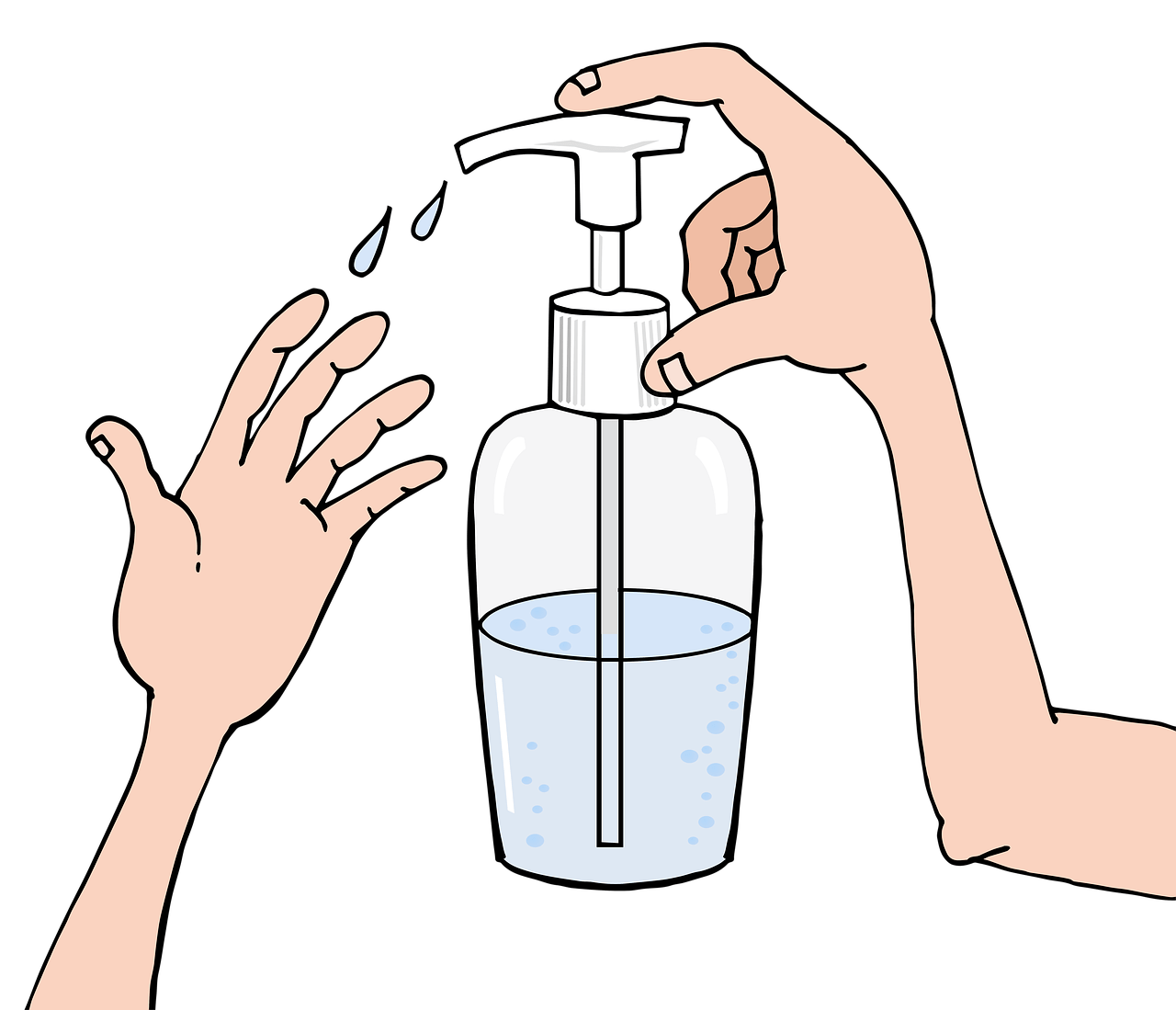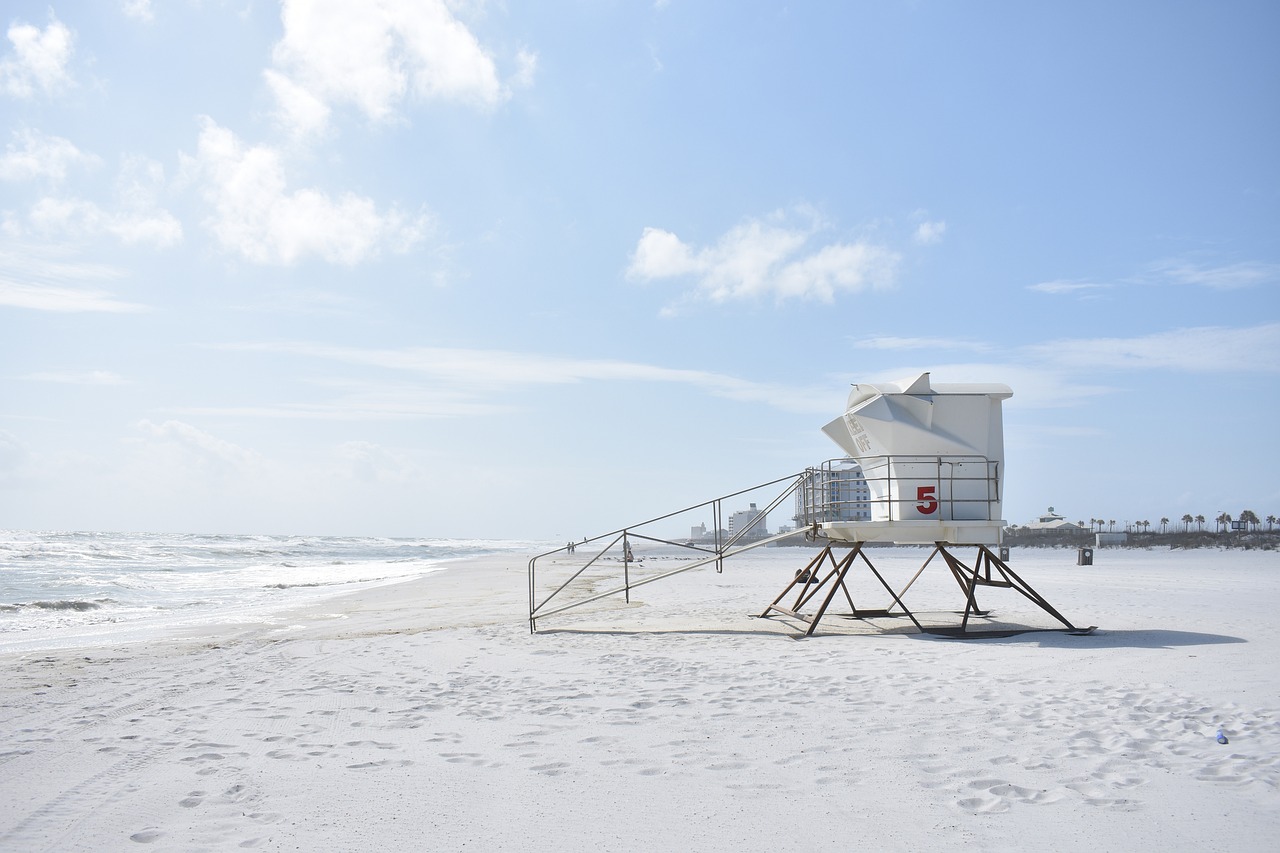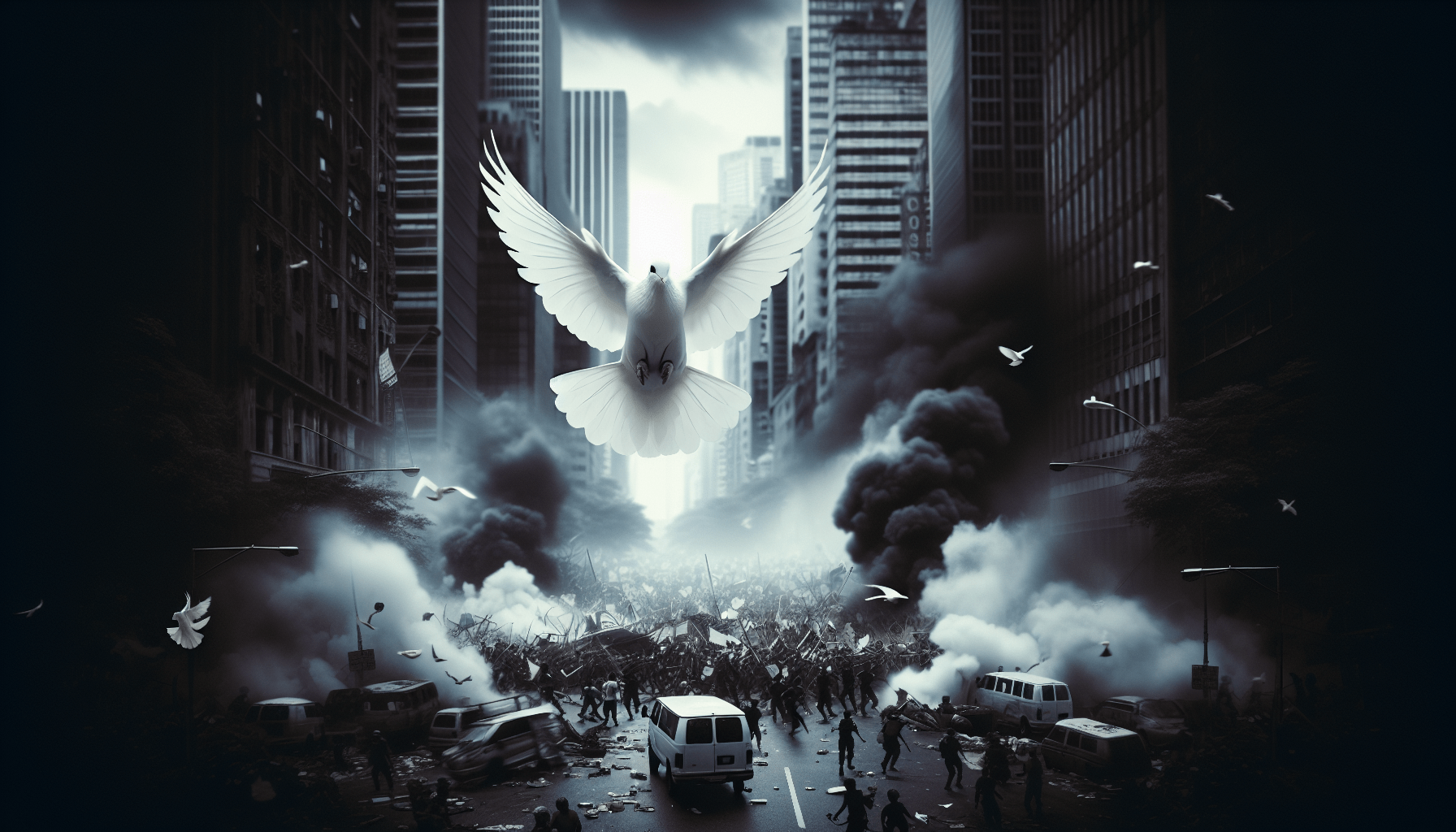In today’s world, it’s becoming increasingly important to know how to keep yourself safe in the face of unexpected chaos. Whether it’s a riot or civil unrest, having the knowledge and skills to protect yourself and others is crucial. This article will provide you with the best ways to stay safe in these situations, offering practical tips and strategies to help you navigate through the turbulence and come out unscathed. So, let’s dive right in and equip ourselves with the necessary tools to maintain our safety in times of turmoil.
Stay Informed
In times of riot or civil unrest, it’s crucial to stay informed about the situation unfolding around you. Following reliable news sources will provide you with accurate and up-to-date information, helping you make informed decisions about your safety. Choose trusted news outlets that have a reputation for unbiased reporting and avoid sources known for spreading rumors or misinformation. By relying on credible news sources, you can stay informed about the latest developments and make better decisions to protect yourself.
Social media can also be a valuable source of information during tumultuous times. Many eyewitnesses share real-time updates and videos on platforms like Twitter or Facebook. However, it’s important to exercise caution when relying solely on social media for news. Verify information from multiple sources before taking it at face value. Sometimes, rumors and false information can spread rapidly online, so cross-checking with trusted news sources is essential.
Signing up for emergency alerts from your local government or relevant authorities is another effective way to stay informed. These alerts provide critical updates and instructions during emergencies, including riots or civil unrest. Emergency alerts can be received via text messages, phone calls, or through specialized apps. Stay connected to the official channels that provide such alerts in your area to ensure you receive timely information to help keep yourself safe.
Plan Ahead
When it comes to your safety, planning ahead is essential. By establishing a safety plan in advance, you can be better prepared to respond effectively in case of a riot or civil unrest. Start by identifying safe zones in your area, such as hospitals, police stations, or community centers, where you could find refuge if needed. Familiarize yourself with multiple escape routes from your home and other frequently visited places, like your workplace or school. Knowing these alternative routes can be helpful if the usual paths are blocked or unsafe.
Additionally, stocking up on essential supplies is crucial in case of an emergency. This includes having an ample supply of non-perishable food, water, medications, and other everyday necessities that can sustain you and your family for a few days. It’s also wise to keep a first aid kit readily available and stocked with essential medical supplies. By planning ahead and being prepared, you can face uncertain situations with greater confidence and a sense of security.

Stay at Home if Possible
During riots or civil unrest, it is generally safer to stay at home if possible. By avoiding unnecessary outings, you reduce the risk of encountering hazardous situations. If you must leave your home for essential reasons, assess the situation carefully and consider postponing the trip if it is not urgent. Staying at home not only ensures your personal safety but also minimizes the chances of unintended involvement or conflicts with agitated individuals.
While at home, take measures to secure your property. Ensure that all doors and windows are locked, and consider reinforcing weaker entry points. If you have a garage, keep it securely closed to prevent unauthorized access. It’s also advisable to have a backup power source, such as a generator or sufficient batteries, in case of power outages. Having flashlights and candles readily available can prove useful during such situations.
Avoid High-Risk Areas
One of the best ways to stay safe during riots or civil unrest is to avoid high-risk areas altogether. Protest hotspots are often the epicenter of potential violence and confrontations. Stay away from these areas, as the situation can escalate rapidly, putting you at risk. Monitor the news and social media for updates on where protests or riots are occurring, and plan your routes accordingly.
Avoid government buildings and police stations during times of unrest. These locations may attract significant attention and become flashpoints for violence. It’s best to stay clear of these places to minimize the chance of getting caught up in dangerous situations. Similarly, it’s advisable to steer clear of public transportation during such times, as it can be crowded and chaotic, potentially increasing the chances of an untoward incident.

Blend In
During a riot or civil unrest, blending in with the crowd can help you stay safe and avoid drawing unnecessary attention to yourself. Dress inconspicuously, opting for neutral colors and avoiding clothing that may be perceived as provocative or associated with any particular group. By blending in with the general populace, you can decrease the likelihood of becoming a target or inadvertently being caught up in conflicts.
Avoid carrying valuable items with you during these times. Expensive jewelry, flashy electronics, or expensive accessories may attract unwanted attention from opportunistic individuals. Minimize your risk by leaving these items at home or safely secured elsewhere. By taking steps to blend in and not stand out, you can increase your chances of navigating through difficult situations without raising any red flags.
Stay Calm and Non-confrontational
Keeping calm and maintaining a non-confrontational demeanor can help you stay safe in the midst of chaos. It’s natural to get overwhelmed or frustrated in tense situations, but it’s important to keep your emotions in check. Avoid engaging in arguments or fights, as this can escalate the situation and put you at greater risk. Instead, focus on finding a safe exit and getting away from the turbulent environment.
When interacting with law enforcement officials, follow their instructions calmly and respectfully. Stay compliant and avoid any sudden or suspicious movements that may be misinterpreted. Law enforcement officers are often deployed during riots or civil unrest to restore order and maintain security. Cooperating with them can help ensure your safety and prevent misunderstandings that could lead to unnecessary conflicts.

Maintain Distance
During riotous situations, maintaining a safe distance becomes crucial for your personal safety. Stay away from the front lines, where things are most likely to turn violent. Often, the first row of protesters or those directly challenging law enforcement face the brunt of the clashes. Moving to higher or safer ground can provide you with a vantage point to assess the situation and potentially find a safer path away from the chaos.
It’s also essential to keep a safe distance from aggressive individuals who may pose a threat to your safety. Remember that your priority is to protect yourself and your loved ones. If you sense any signs of aggression or hostility from someone nearby, immediately create distance and seek a safer place. By maintaining a reasonable distance from potential danger, you can make better decisions and take appropriate action to ensure your well-being.
Communicate and Stay Connected
Having a communication plan with your loved ones during riots or civil unrest is crucial. Determine beforehand how you will communicate if regular channels like phone calls or text messages are disrupted. Consider using alternative methods such as walkie-talkies, two-way radios, or social media platforms that provide encrypted messaging services. Agree upon predefined keywords or signals that indicate if someone needs immediate help or if a plan has changed.
Keep your phone charged at all times, and have backup power sources like power banks or car chargers readily available. During emergencies, electricity supply may become unreliable, and having a fully charged phone can be a lifeline to communicate with others. Explore different messaging apps that offer end-to-end encryption, ensuring that your conversations are secure and protected from potential eavesdropping.

Protect Yourself
When facing the possibility of riot or civil unrest, it is important to take steps to protect yourself. Carrying personal defense items, such as pepper spray or a personal alarm, can act as a deterrent and provide you with an extra layer of protection. Ensure that you are aware of the legal regulations regarding the possession and use of these items in your jurisdiction.
Consider learning self-defense techniques that can help you protect yourself and others in case of an emergency. Basic knowledge of techniques like blocking, escaping grabs, or disarming an attacker can empower you to respond effectively and increase your chances of staying safe. However, remember that avoidance and de-escalation should always be the priority whenever possible.
Depending on your circumstances, you may even consider using additional protective gear, such as helmets, goggles, or masks, if the situation warrants it. While it may not be necessary in most cases, having this equipment on hand can provide an added sense of security and protection.
Document Incidents
If you find yourself in the midst of a riot or civil unrest, documenting incidents can be crucial for various purposes. Record videos or take photos that can serve as evidence later, should the need arise. Capture any acts of violence, property damage, or instances of misconduct you witness. Be mindful, however, of your own safety while documenting, and do not put yourself at risk in the process.
Note down important details, such as dates, times, locations, and any identifying features pertaining to incidents you witness. This information can assist law enforcement agencies and authorities in their investigations and help hold accountable those responsible for any unlawful activities.
Sharing information with authorities is also important to aid them in maintaining order and ensuring public safety. If you have documented evidence or information that may be of help, report the details to the appropriate law enforcement agency, providing them with any evidence you have captured. Remember to do so safely and without compromising your own well-being.
In summary, staying safe during riots or civil unrest requires a combination of preparedness, vigilance, and sensible decision-making. By staying informed through reliable news sources and social media, planning ahead, and staying at home when possible, you can protect yourself during these challenging times. Avoiding high-risk areas, blending in, and staying calm and non-confrontational can help minimize risks. Maintaining distance, communicating effectively, protecting yourself, and documenting incidents are all proactive measures that can contribute to your safety. Remember, safety should always be your top priority, so stay alert, stay calm, and stay informed.

